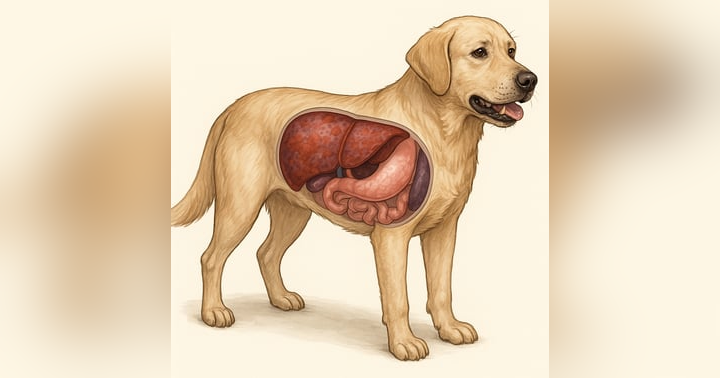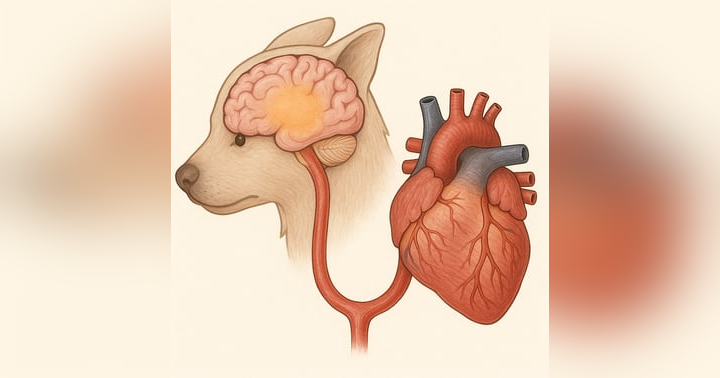Antibiotics, NOW!

From Prof Steven Epstein’s talk on Antibiotics in the ER.
Prof Steve and I have had several conversations about where we should stop using antibiotics, or be a lot more circumspect with what we use and for how long. So when I interviewed him about his talk ‘Antibiotics in the ER’, it came as a bit of a surprise that his main message was GIVE ANTIBIOTICS WITH A LOT LESS HESITATION! (In certain situations)
Let me explain:
-
Steve pointed out that the Surviving Sepsis Guidelines showed that in the septic patient, every hour antibiotics are delayed leads to an increase in mortality of almost 9%. Think about that: 9 times 10 hours = 90% mortality!
-
The guidelines recommend that for your patient showing evidence of sepsis but that is still cardiovascularly stable, antibiotics should be given within 3 hours of presentation. For the septic patient with signs of more severe disease, like rubbish perfusion (i.e., the septic shock patient), antibiotics should be started within an hour.
-
What does that look like practically?
-
If your patient comes in with red mucous membranes, tachycardia, a fast CRT, pyrexia… you’re thinking ‘sepsis’. Start running some initial diagnostics to see if you can confirm infection or find an non-bacterial cause for SIRS (screening bloods, POCUS scans, tapping effusions, etc). Chat to the owner, and then give antibiotics as soon as you have some answers.
-
For the suspected septic patient that looks really unwell and is showing sings like weak pulses, hypoglycaemia, poor blood pressure, and a high lactate: stop what you’re doing, get an IV line in, and give it a first dose of IV antibiotics BEFORE you have that 30 minute conversation with the owner about all the things that could possibly be wrong with their pet.
-
-
Which antibiotics? I had a great conversation about this with Prof Steve, who provided very practical guidelines for first-line antibiotics that still follow responsible antibiotic usage princiles. I’ll share these on the podcast as soon as we get this one edited.
For more clinical pearls, sign up for our free weekly Newsletter, or get all of our content on the go with our Clinical Podcasts





